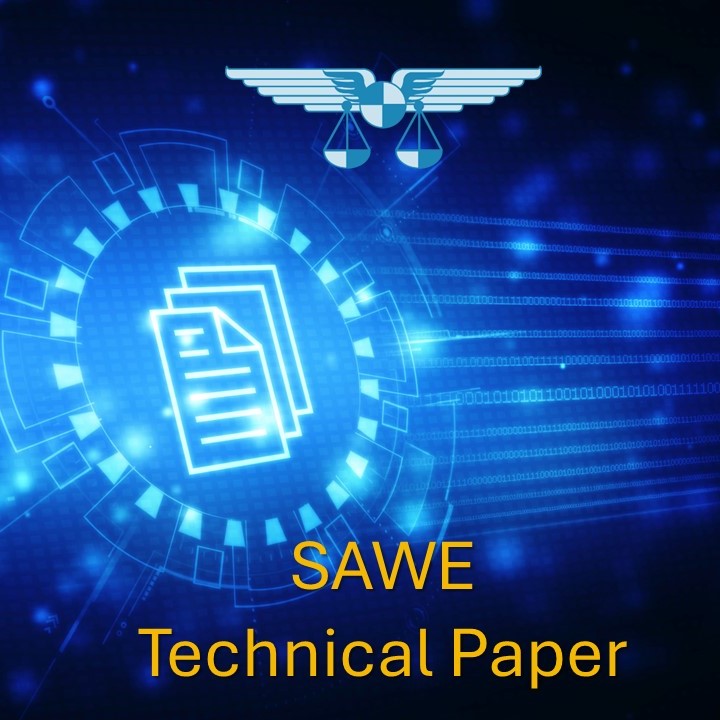
3813. Pilgrimage In Ship Weighing Uncertainty, How Air Can Bias the Deadweight of a Ship
$20.00
SAWE Members get a $200 store credit each year.*
*Store credit coupon available at checkout, click the button in your shopping cart to apply the coupon.
Not applicable to SAWE textbooks and current conference technical papers.
Paper
Abstract
Apart from cargo, a vessel’s deadweight is substantially made by the weight of liquids onboard. Modern ships and offshore rigs might have sounding pipes for taking manual measurements, but at least one system of level gauges with remote feedback to a control room is the system which the crew believes most – perhaps swayed by the fact that it is easiest for them.
In using ballast water to generate inclining moment during an inclining experiment, it is believed that uncertainties in the inclining moment are negligible. Also, by fully filling or completely emptying the tanks, it is believed that the uncertainty in the weight of the liquids onboard is minimised. But what if the pressed-up tanks show an inexplicable drop in level over the duration of the experiment? Can several tens of tonnes of water really disappear with all valves closed and no overflow?
Or what if tanks that are filled and not changed for several days are measured to find a level that changes with the weather and the external atmospheric pressure?
Or, finally, what if during an inclining test the level measured in a tank exceeds the known height of the tank?
Maybe we have been jinxed with a series of unlucky lightship surveys and inclining experiments or perhaps it is because we always get asked to look into the most ‘interesting’ problems, but our recent research of the correct tank contents became a pilgrimage where we visited some less obvious and sometimes unlikely sources of uncertainties.
Whatever the reason, this paper provides an insight into adventurous post-processing of inclining experiment measurements to achieve acceptable uncertainty in the results.


